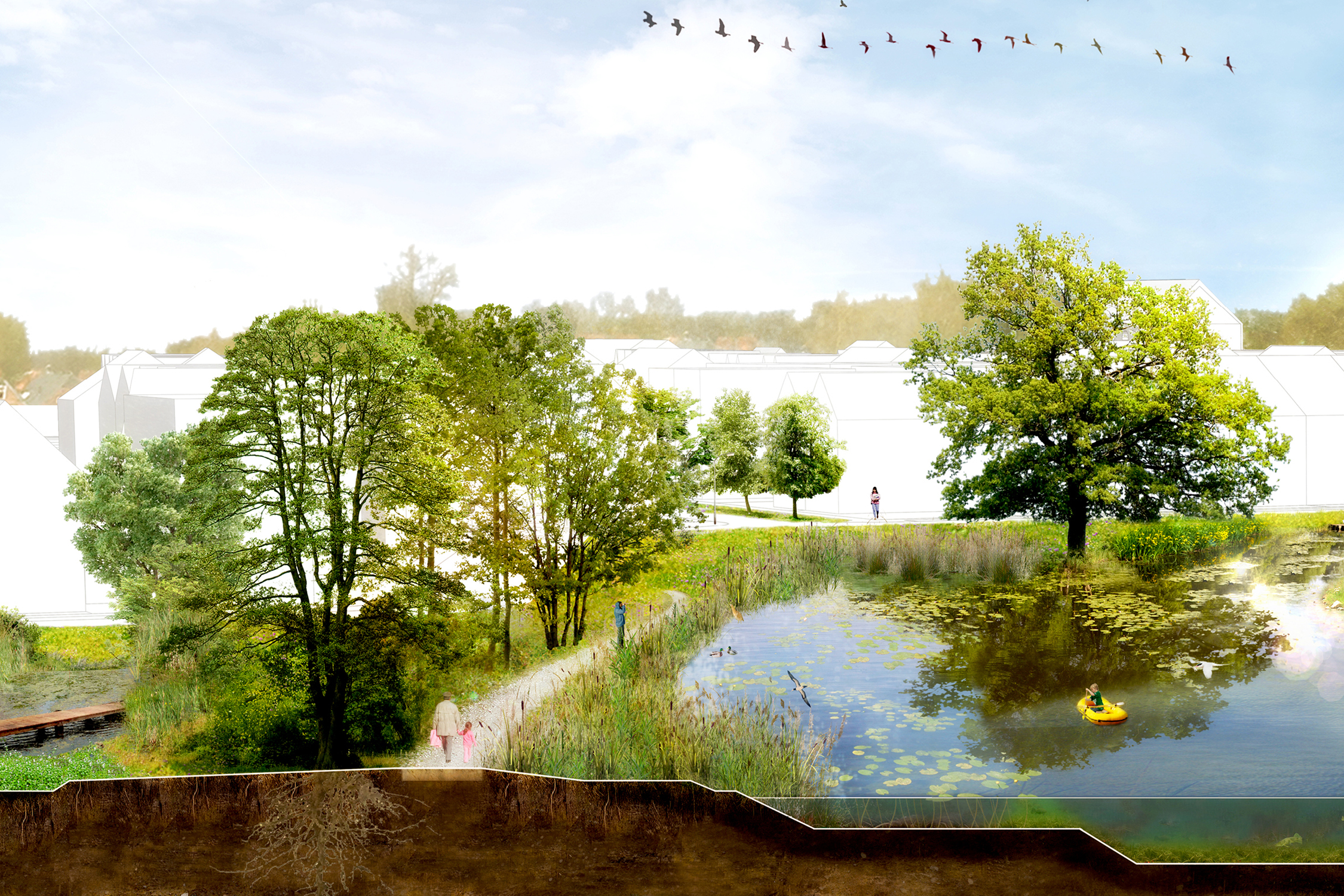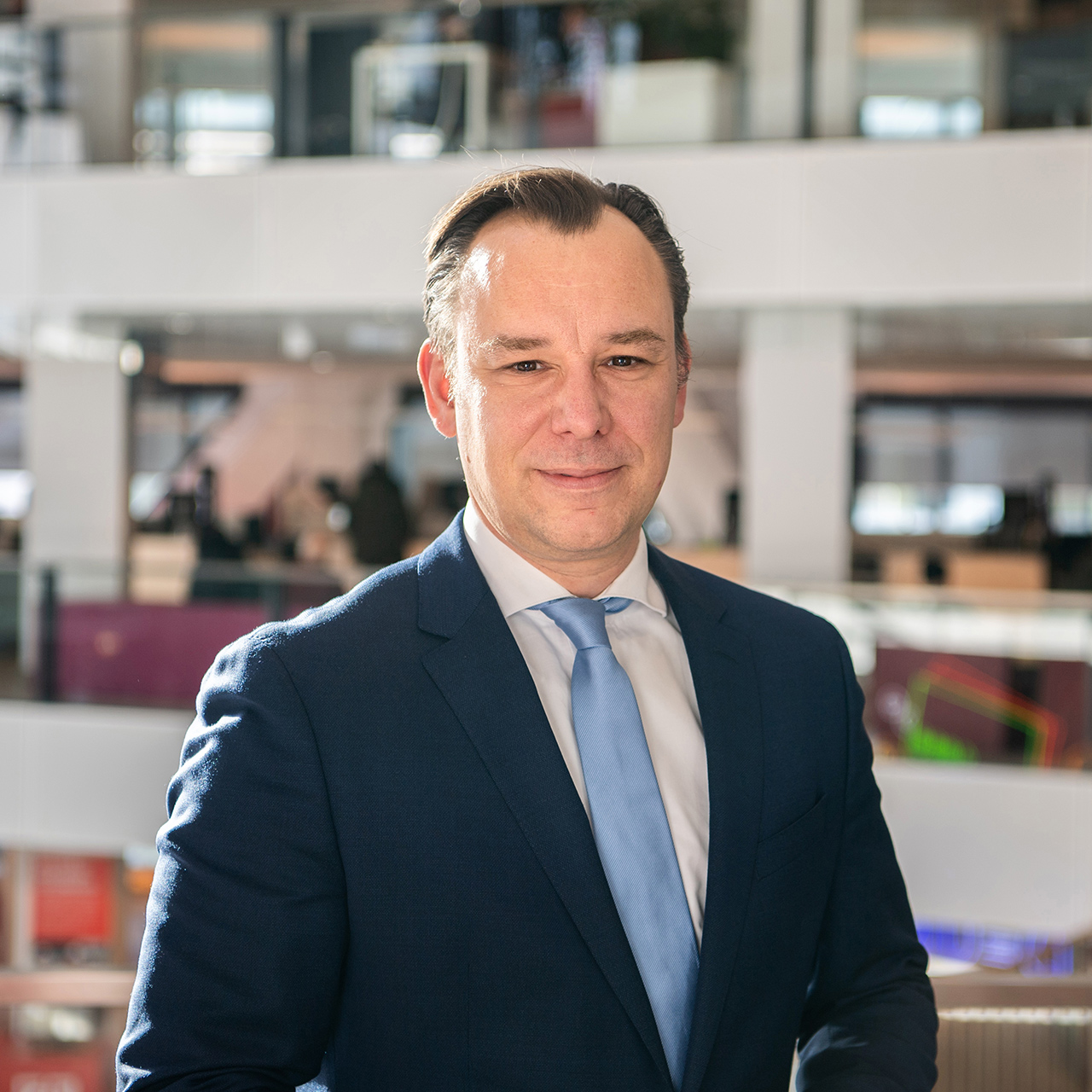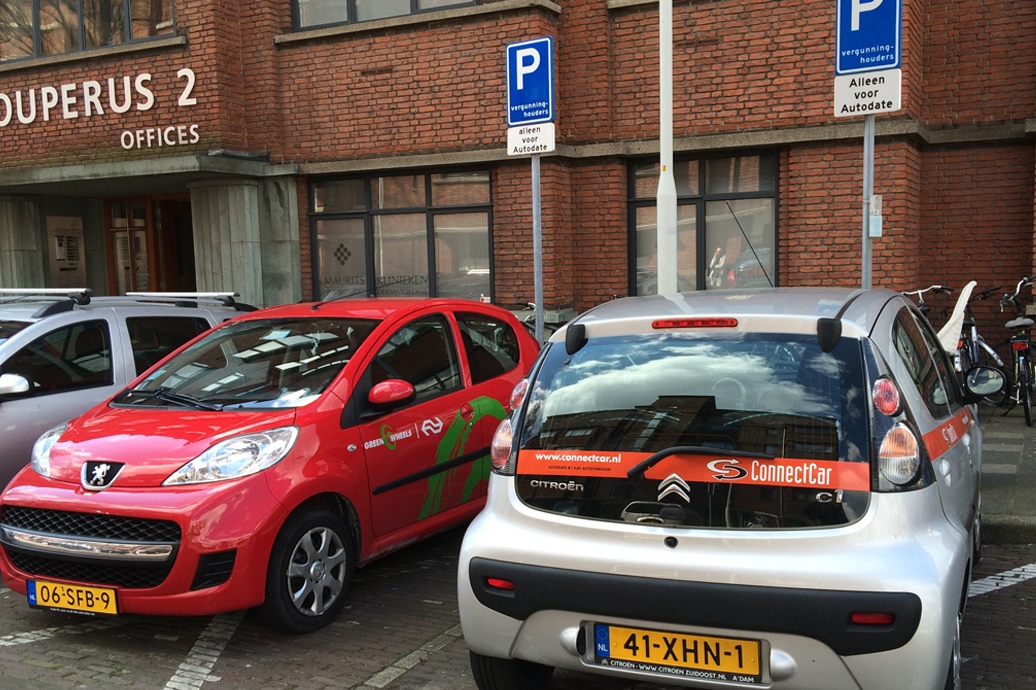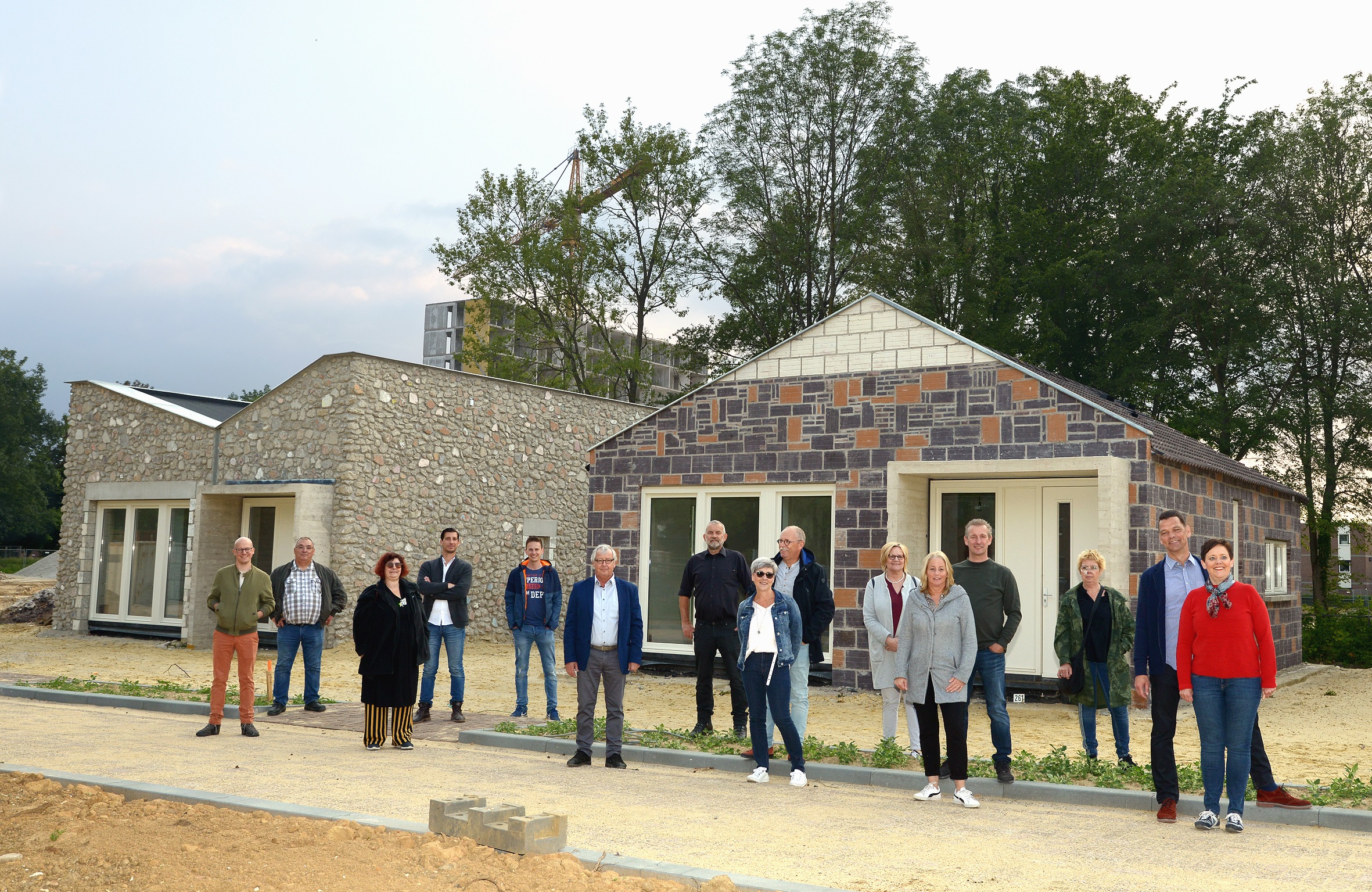
Participatory co-design creates a residential neighbourhood around accessible urban agriculture, enhancing the quality of life for inhabitants and the rich biodiversity for all living things.
AN EDIBLE NEIGHBORHOOD
Rijnvliet Edible Neighborhood breaks new ground in urban planning by using participatory design to realise an entire new city district centred on accessible urban agriculture. Residents co-created the public space as a food forest. The abundant green and blue spaces are merged together with the built environment, enhancing the quality of life for inhabitants and enriching biodiversity, as well as giving Rijnvliet a powerful identity.
URBAN FOOD FOREST
When neighbours and residents proposed an urban food forest for Rijnvliet, the municipality embraced their grassroot initiative. The ecologically resilient 150,000 m2 urban food forest, which features over 200 species of (edible) flora, doubles up as green infrastructure. The new district’s exciting environment offers recreational benefits as well as ecosystem services including water management, heat reduction and cleaning the air, making Rijnvliet a very healthy – and indeed edible – neighbourhood!
A SUSTAINABLE URBAN FUTURE
The productive landscape serves as a backbone and creates social cohesion within the Rijnvliet community. Care and maintenance of the food forest require a coordinated effort on the part of residents. This resident engagement is the best guarantee for continuous evolution of the educational, recreational and natural qualities of Rijnvliet, realising a sustainable urban future where people and nature can coexist in harmony.






